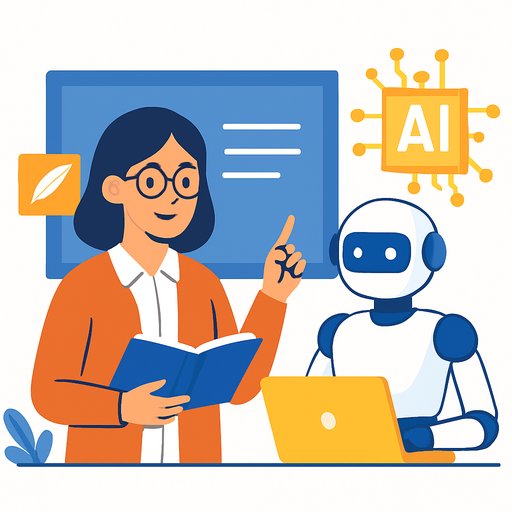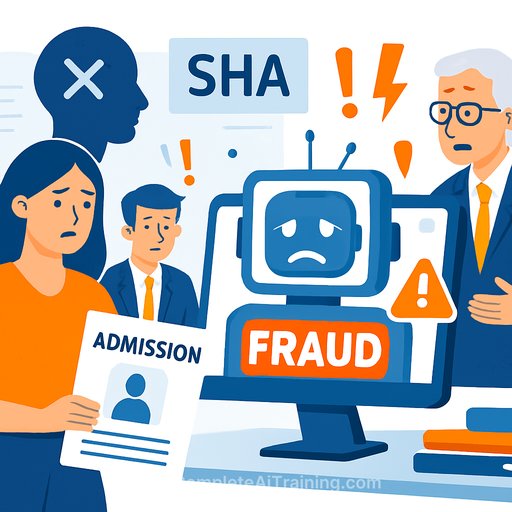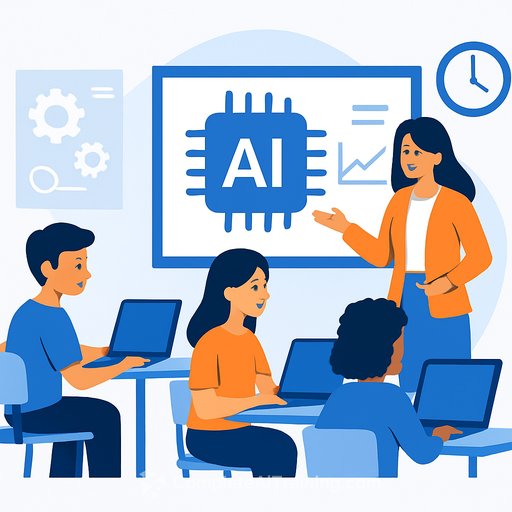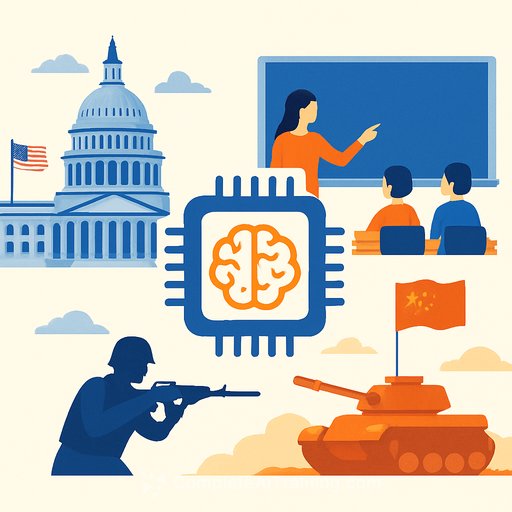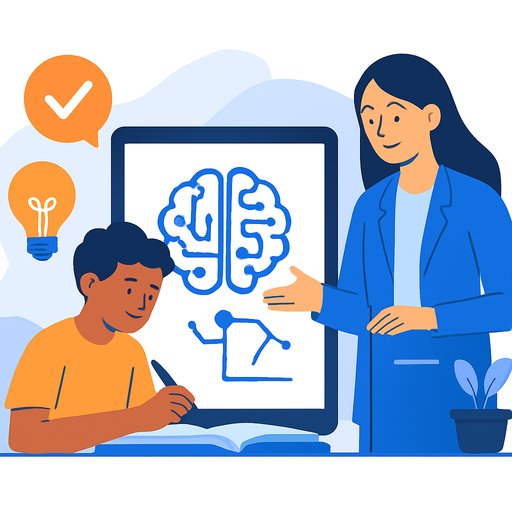Teachers Are Irreplaceable by Artificial Intelligence, Says Deputy Minister
Deputy Minister of Higher Education, Science, and Technology Stella Christie put it plainly: teachers can't be replaced by AI. Speaking at the AI for Indonesia event at Djakarta Theatre on Thursday, October 23, 2025, she warned against handing classrooms to algorithms.
"If teachers are replaced by AI, what would happen to the quality of education?" she asked. Tools can assist. Educators teach humans. That distinction matters.
AI is a Tool-Use It, Don't Fear It
Stella compared today's AI confusion to the early days of Microsoft Word and Excel. New, awkward, then normal. Her take: in 5-10 years, AI will feel routine and easier to manage.
So, worry less about the tech. Focus more on where it actually helps teaching and where it doesn't.
What AI Can Handle vs. What It Can't
- Can handle: drafting lesson materials, question generation, grading objective items, summarizing research, data entry, and scheduling.
- Can't replace: building trust, reading the room, mentoring, ethical judgment, differentiated support for complex needs, and the culture you create in your classroom or campus.
Policy Is Coming-Use That Window Wisely
Minister of Communication and Digital Meutya Hafid stated that sector-wide AI guidelines will be issued in 2026. Each ministry will then publish regulations for their areas.
Until those rules exist, she asked ministries and agencies to hold off on using AI across their environments. That pause is an opportunity, not a roadblock.
What Educators Should Do Now
- Map tasks by risk and value: List admin-heavy tasks to offload later (content drafting, grading, reports). Protect student-facing work that needs judgment and care.
- Create draft guardrails: Set internal norms for privacy, bias checks, citation, and model disclosure. You can align with global guidance like UNESCO's work on AI in education (UNESCO).
- Pilot on low-stakes work: Try AI for templates, rubrics, and email drafts with a small team. Document what saves time and what creates extra friction.
- Audit data sensitivity: Identify student and staff data that should never touch external tools. Default to de-identified inputs.
- Train the right people: Prioritize roles at risk of automation (bulk grading, routine content production, clerical tasks). Build skills so those staff can supervise AI output or shift to higher-value work.
Who Actually Needs AI Training?
Stella's stance is clear: not everyone. Focus training on employees whose tasks are most exposed to automation so they can adapt rather than get displaced. For educators, the goal isn't to become prompt wizards-it's to stay effective and ethical while saving time where it makes sense.
If you need structured options, see role-based programs that help staff reskill without fluff: Courses by Job - Complete AI Training.
Build a School-Level AI Plan (Simple Template)
- Purpose: Where AI helps (admin efficiency) and where it's off-limits (assessment integrity, sensitive counseling).
- Tools: Approved models and versions; who can use them; funding and access.
- Data: Red lines on student data, anonymization, storage, and logging.
- Quality control: Human-in-the-loop review, bias checks, documentation.
- Professional development: Short, practical sessions focused on the top three time-savers for your staff.
Bottom Line
AI will get easier. Regulations are coming. Teachers remain the center of learning. Use this period to prepare smart guardrails, run small pilots, and upskill the roles that need it most-without handing over what makes education human.
For additional context on responsible AI use, the OECD's principles are a helpful reference point: OECD AI Principles.
Your membership also unlocks:

